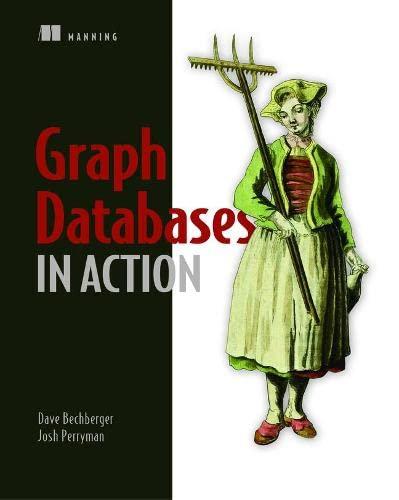Answered step by step
Verified Expert Solution
Question
1 Approved Answer
4.2 [10] Explain each of the dont cares in Figure 4.18. Instruction Reg2Loc ALUSrc MemtoReg RegWrite MemRead MemWrite Branch ALUOp1 ALUOpo R-format FIGURE 4.18 The
4.2 [10] Explain each of the dont cares in Figure 4.18.

Step by Step Solution
There are 3 Steps involved in it
Step: 1

Get Instant Access to Expert-Tailored Solutions
See step-by-step solutions with expert insights and AI powered tools for academic success
Step: 2

Step: 3

Ace Your Homework with AI
Get the answers you need in no time with our AI-driven, step-by-step assistance
Get Started


